
“My foray into livestock production started in the sixth grade when I caught a pig in the pig-scramble at the Yuba-Sutter 4-H Demonstration Day and raised it for the county fair,” recalled George, the oldest of eight children. “I was in a 4-H clothing project when I caught the pig.”
As an active member of 4-H and Future Farmers of America, the Yuba City native raised more than 350 hogs and several market lambs before her senior year of high school. Through FFA's Work Experience Abroad Program, she worked on a dairy and fruit farm in Switzerland.
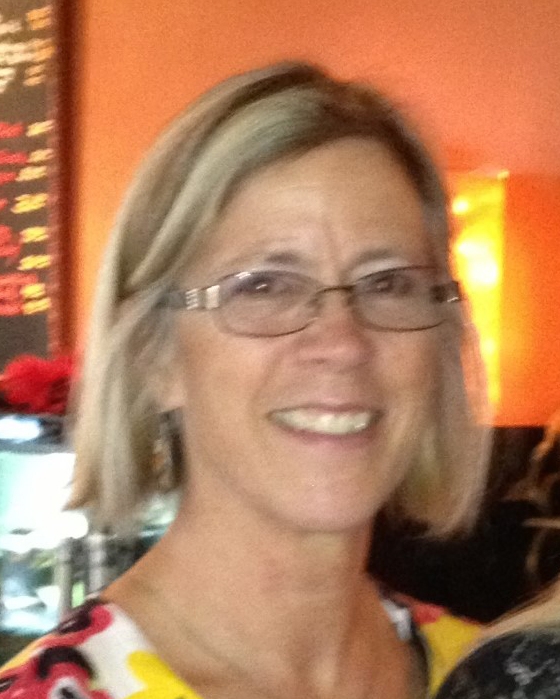
George graduated from Cal Poly San Luis Obispo with a Bachelor of Science degree in animal science and a credential to teach high school agriculture. After nearly a year working on sheep and cattle stations in New Zealand and Australia, she studied grazing strategies on rangelands at Utah State University to earn her Master of Science degree in animal science.
In 1983 she started working in Alameda and Contra Costa counties as a UC Cooperative Extension livestock, range and land-use advisor. In 1987, George moved north to become the livestock and 4-H youth development advisor for Plumas-Sierra counties, where she later became UC Cooperative Extension director for the counties and started the local UC Master Gardener Program.
“Although I was the first woman hired by UC Cooperative Extension as a livestock advisor, there were a few other women advisors and they were very supportive,” said George. “I'll always be grateful for the enduring support of the Ladies of Extension throughout my career.”
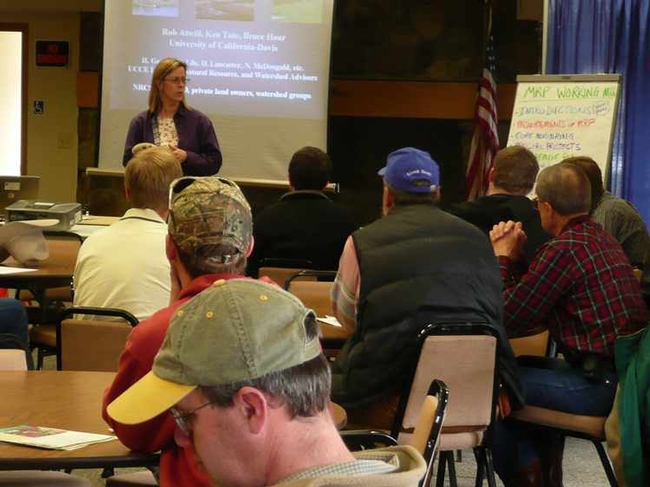
During the 1990s George organized annual Three-Forest Permittee meetings for ranchers interested in livestock grazing on the Plumas, Lassen and Tahoe national forests. These meetings led her to collaborate with colleagues from Chico State University, U.S. Forest Service, Natural Resources Conservation Service and UC Cooperative Extension to develop workshops and educational materials on rangeland monitoring and native plants.
To help ranchers comply with irrigated lands regulations, she engaged scientists, Regional Water Quality Control Board staff and ranchers in a project to examine the impact of livestock grazing on water quality and discuss policy. In 2011, the State Water Resources Control Board approved her proposal to work with local landowners and monitor water quality in the Upper Feather River watershed, which saved the landowners an estimated $80,000 for additional studies.
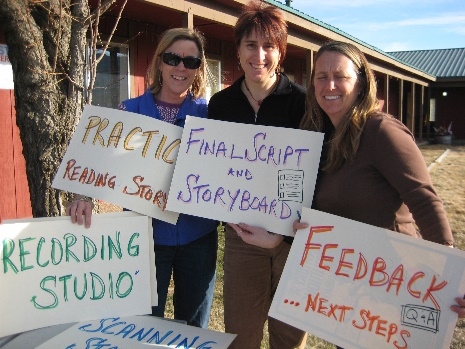
“Holly has always been a great networker, bringing the ag community together and understanding our needs, especially the ranching community,” said rancher Gary Romano.
George collaborated with Davis artist jesikah maria ross on “Passion for the Land,” a multimedia project that featured 12 rural residents in Plumas and Sierra counties describing how they preserve the community's heritage while protecting agricultural lands and natural resources for future generations. After viewing the Passion for the Land videos, the Plumas County Planning Commission added optional agriculture and water elements to the county's General Plan Update.
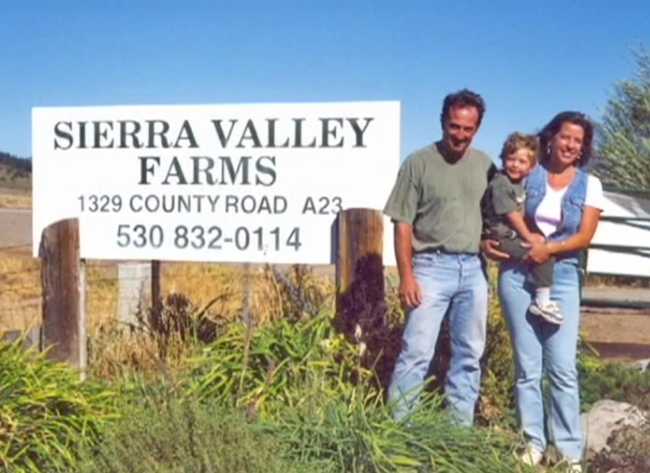
“In a geographically isolated place, it is hard to have your voice heard,” George said. “Over the course of my career, I have explored different ways to bring people together and help them share their stories across the challenges of distance and ideology.”
Accolades for Passion for the Land inspired her to create the Toolkit for Change to guide others who want to use personal stories to help sustain rural communities. She was invited to teach digital storytelling to agriculture communication students at Chico State University.
“I loved working with young people and watching them grow over time,” she said. “I enjoyed the digital storytelling project with jesikah maria ross and ag and nature tourism efforts with Ellie Rilla and Penny Leff.”
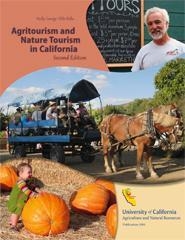
In 2005, she worked with local ranchers and farmers, High Sierra RC&D, Audubon Society, Feather River Land Trust and Sierra Business Council to organize Barns, Birds and BBQ, an event in Sierra Valley for the public to learn about agriculture stewardship, conservation and biodiversity.
In 2013, she took a sabbatical leave to study rural community development by linking agriculture, art, local food, recreation and tourism. Since then she has brought together local artisans, agriculturists and business and conservation members to explore opportunities for collaboration. The group will launch the Sierra Valley Art & Ag Trail in October.
In retirement, George, who has been granted emeritus status in UC Agriculture and Natural Resources, plans to remain in Quincy and participate in community development activities. She also looks forward to creative ventures like woodworking and mixed fiber arts.